VR Games Showcase Announces ‘XR Indies & Friends’ Livestream Ahead of Meta Connect Next Week


Organizers behind the VR Games Showcase last month announced they’re putting on a new livestreamed games event next week focusing on independent developers and studios “both big and small.” Just in time for what will certainly be a rush of XR news.
Called the XR Indies & Friends Showcase, the livestream is slated to kick off on September 25th at 8 AM PT / 11 AM ET (local time here), coming just a few hours ahead of the 2025 Meta Connect keynote from CEO Mark Zuckerberg at 10 AM PT / 1 PM ET.
The XR Indies & Friends Showcase promises new reveals and announcements, putting “fresh and tasty indie gaming into the spotlight,” organizers tease in the announcement video, linked below.
While the full docket of games is going to be revealed during the show, the livestream is confirmed to feature more info from upcoming games including Innerspace VR’s One True Path, new gameplay from Cybron’s MR adventure Wall Town Wonders, a new trailer for the VR adaptation of Ovid Works’ Kafka-esque Metamorphosis, and new gameplay from Just Add Water’s arcade digging sim DIG VR.
“As you saw last month, our focus with the VR Games Showcase is to deliver a blockbuster event for massive VR games,” said Zeena Al-Obaidi, Chief Creative Officer of The VR Showcase and host of XR Indies & Friends. “But it’s just as important to us that we provide the proper venue to also feature an incredible array of diverse, innovative, and exciting indie games. XR Indies & Friends will shine a light on a range of vibrant and creative projects coming to a headset near you soon.”
You can watch the XR Indies & Friends Showcase over on the VR Showcase YouTube channel at 8 AM PT / 11 AM ET / 5 PM CET on September 25th. We’ll of course be following along, and reporting what promises to be an avalanche of news that day, so make sure to check back then.
As a reminder, Meta Connect is undoubtedly set to focus on upcoming hardware, likely seeing the official unveiling of (and now basically confirmed) Quest 3S standalone from Meta. And a lot more, we think, so stick around for what is sure to be packed day of XR announcements.
The post VR Games Showcase Announces ‘XR Indies & Friends’ Livestream Ahead of Meta Connect Next Week appeared first on Road to VR.
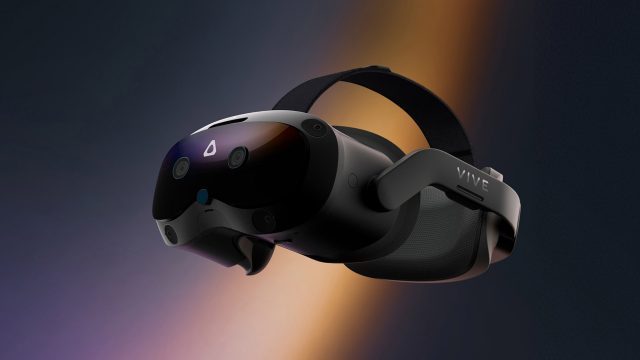
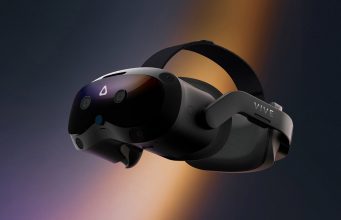


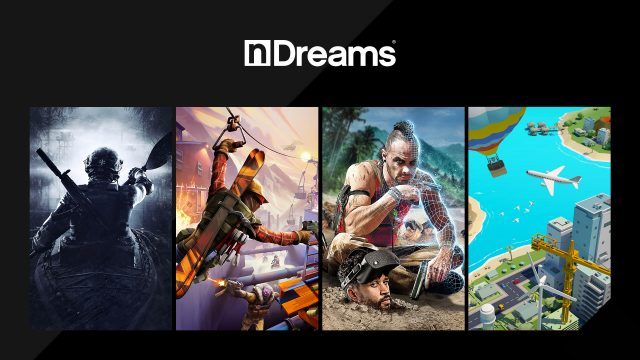



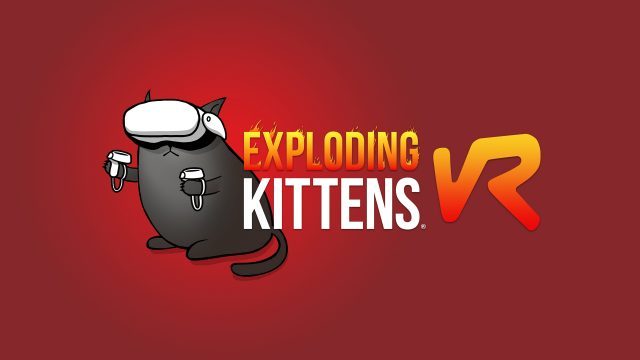



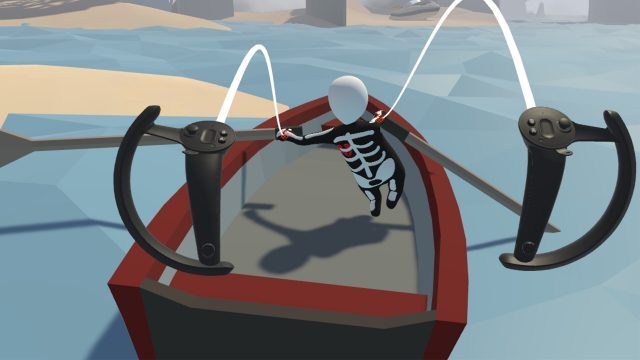
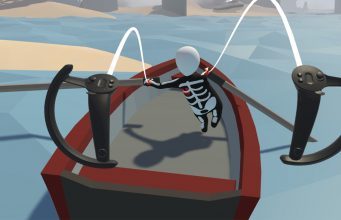
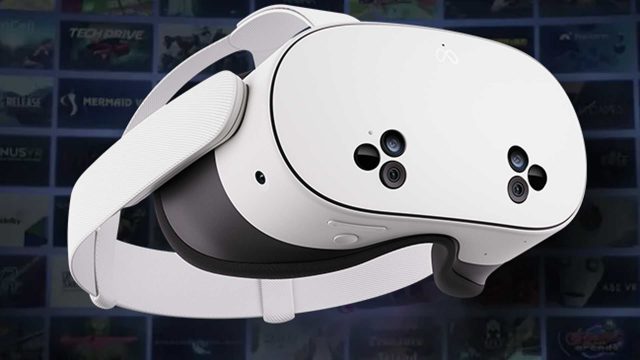
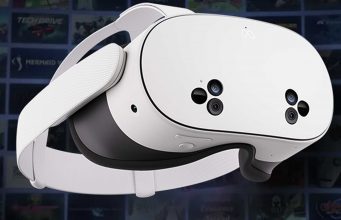

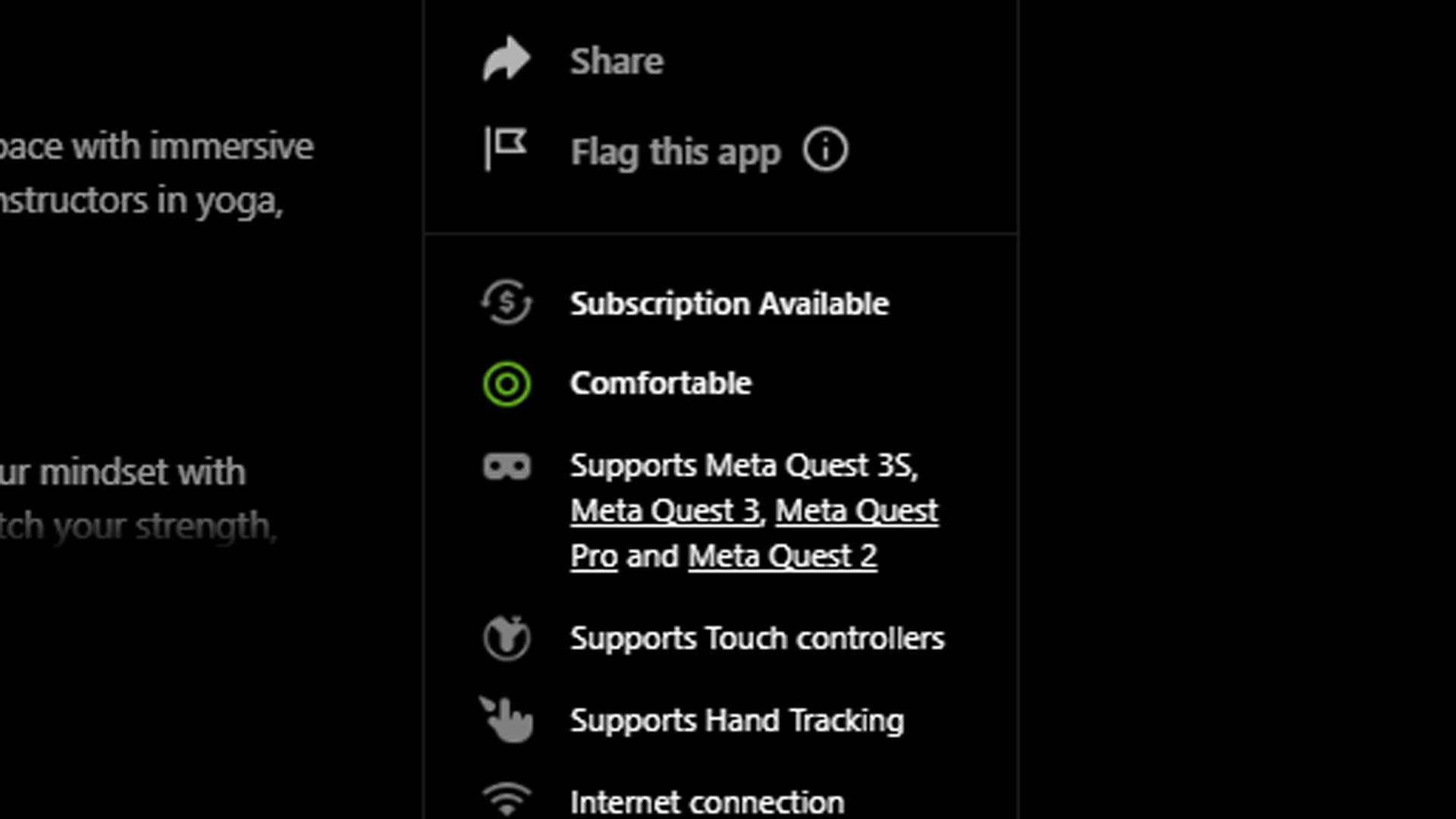
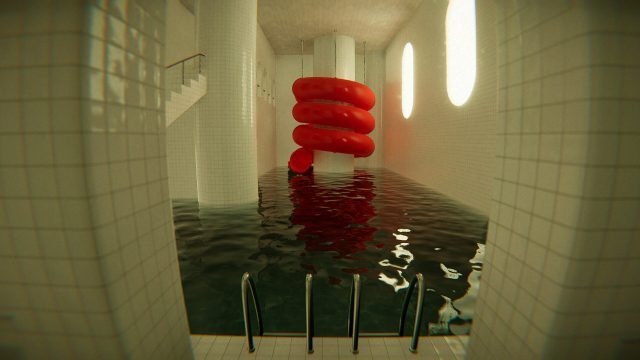





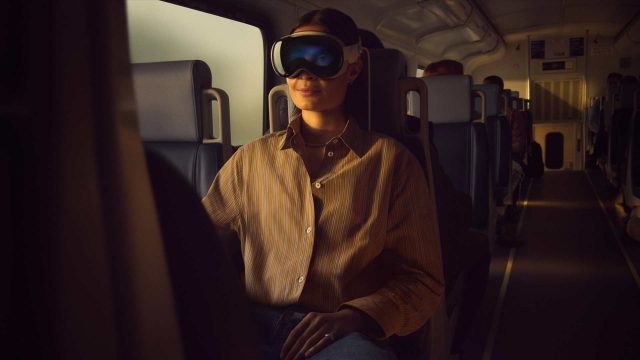
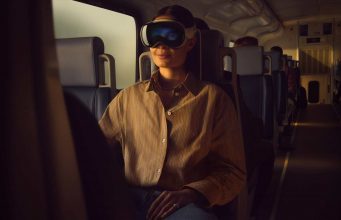
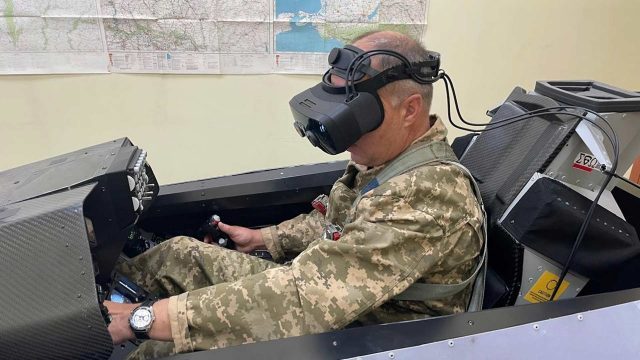
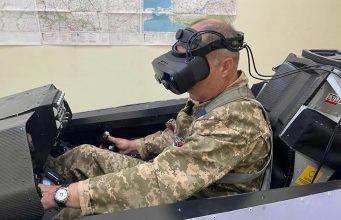
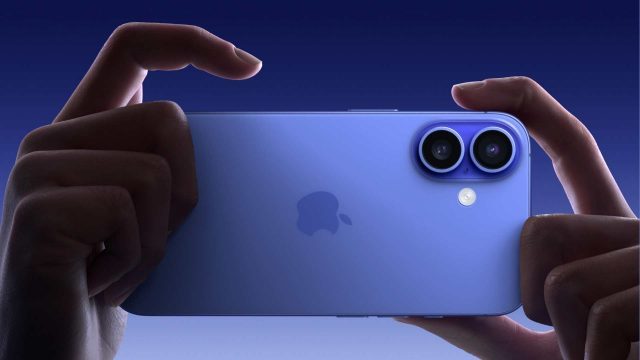

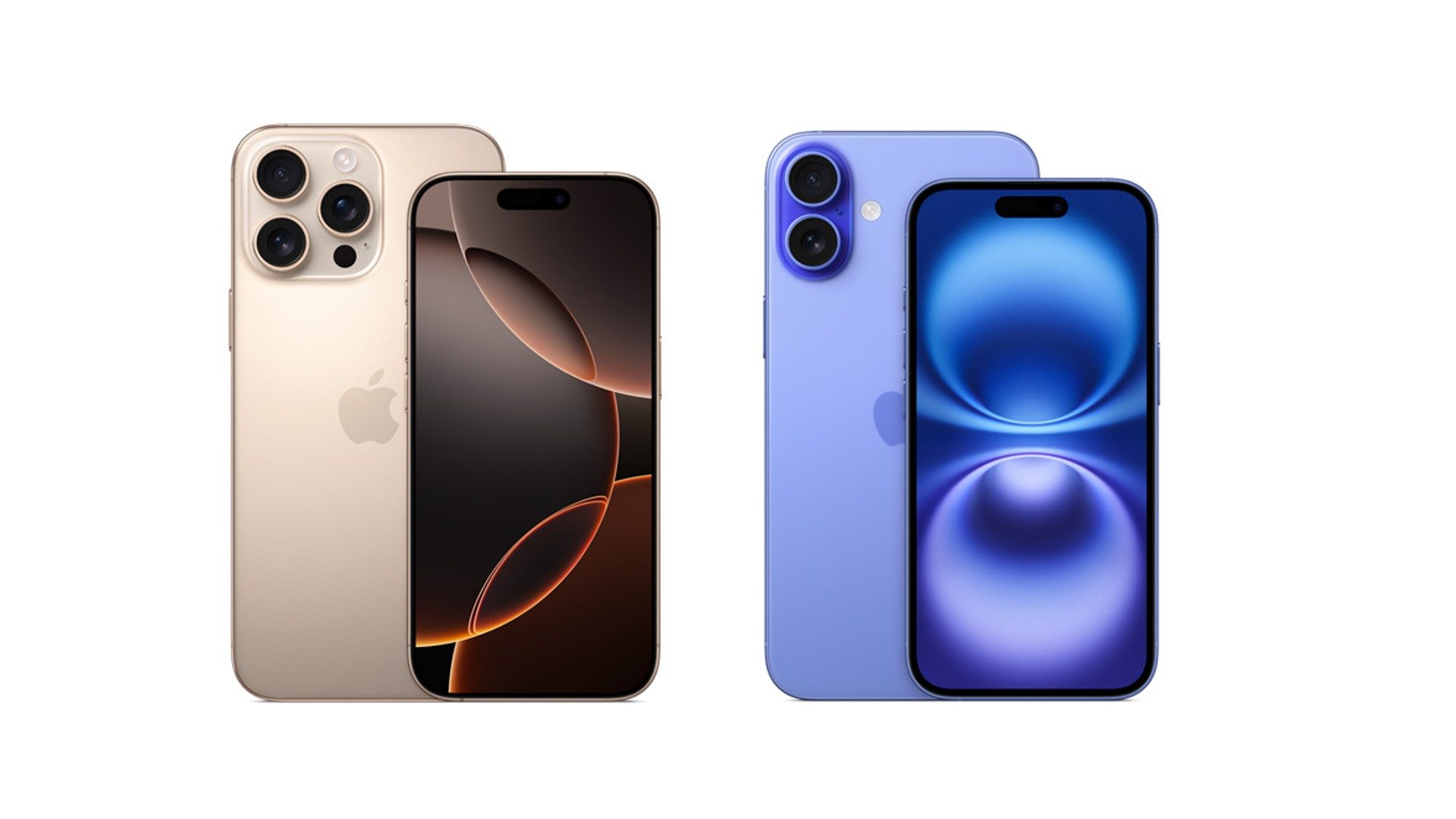


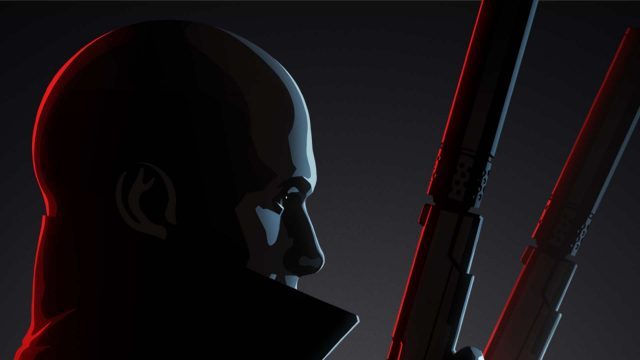

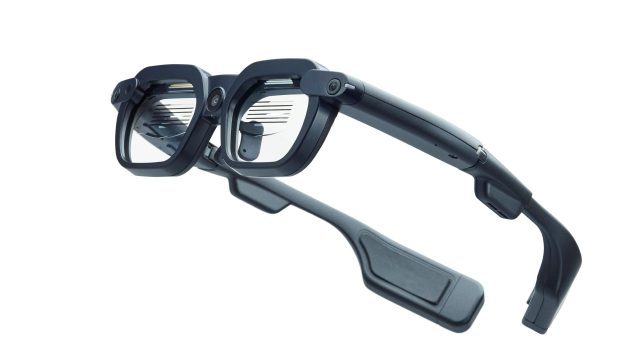
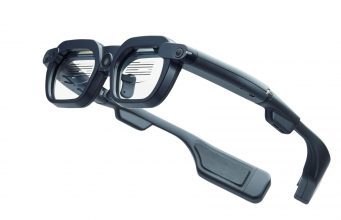

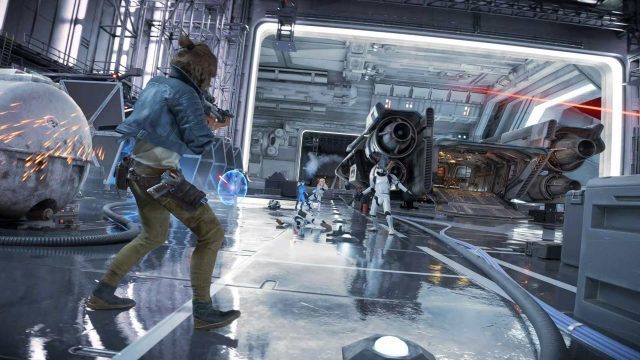

 game, set between the events of The Empire Strikes Back and Return of the Jedi. Explore distinct locations across the galaxy, both iconic and new. Risk it all as Kay Vess, a scoundrel seeking freedom and the means to start a new life, along with her companion Nix. Fight, steal, and outwit your way through the galaxy’s crime syndicates as you join the galaxy’s most wanted.
game, set between the events of The Empire Strikes Back and Return of the Jedi. Explore distinct locations across the galaxy, both iconic and new. Risk it all as Kay Vess, a scoundrel seeking freedom and the means to start a new life, along with her companion Nix. Fight, steal, and outwit your way through the galaxy’s crime syndicates as you join the galaxy’s most wanted.